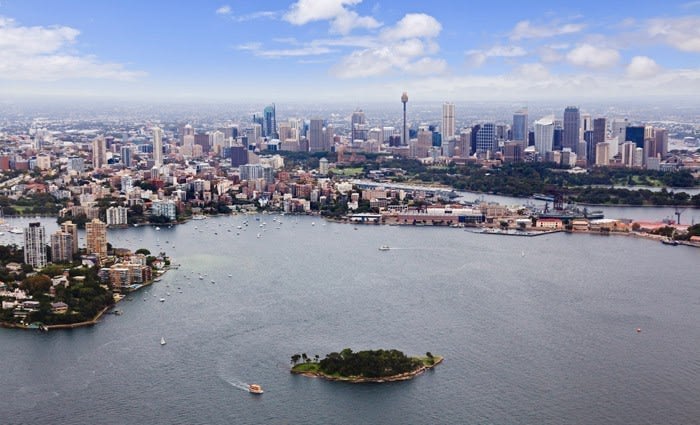Five year periods actually show tame house price growth: Terry Ryder
Research on price growth over time often contradics long-held beliefs about where you get the best growth.
Information put together recently by PIPA found that Hobart had achieved the highest percentage growth in house prices among the capital cities over the past 15 years, while Sydney had recorded the lowest growth.
There are similarly surprising outcomes from publication by CoreLogic of the growth in various jurisdictions across Australia in the four most recent five-year periods.
One of the things this shows is that, overall, the past five years have been quite tame for growth in house prices.
Media has often referred in the past few years to an unprecedented national property boom, but I have maintained that we have not had a national boom and the growth recorded in the places with strong markets, such as Sydney and Melbourne, has been far from unprecedented.
These CoreLogic figures would tend to confirm that. They examine the five-year periods up to January in each of 2003, 2008, 2013 and 2018.
In terms of national average price growth, the five-year period to January 2003 was the most prolific, by a considerable margin. Values (national average) grew 62 percent in the five years to 2003, while in the five years to January 2018 the growth was just 38 percent. The five-year period up to 2008 (national rise of 44 percent) was also higher than the most recent period.
There were all kinds of regional differences within each of those five-year periods, reinforcing once again that we do not have a single national market, but many different local markets.
In the five years up to 2003, which was the last time we had a genuine national property boom, the combined capitals grew 64 percent and the combined rest of state (the regional areas) rose 54 percent. But the leading jurisdiction in the nation for that period was Regional NSW, which rose 84 percent, followed by Canberra (up 79 percent) and Regional Victoria (up 66 percent).
Five of the capital cities grew more than 55 percent in that period, while Perth rose 46 percent and Hobart was up 38 percent. Everywhere in Australia, both city and regional, showed some kind of meaningful growth.
In the five years to 2008, regional areas were dominant, with the combined regional areas up 53 percent while the capital cities increased only 42 percent.
This was a period when Western Australia was the leading market in the nation, with Regional WA up 121 percent in five years - mostly resources centres like Port Hedland and Karratha, as well as lifestyle towns like Mandurah, recording extraordinary growth. The Perth market rose 102 percent in that period.
That was also the time frame in which Tasmania caught the boom wave from the mainland (rather similar to Tasmania right now), with Hobart (up 75 percent) the No.2 city for growth after Perth, while Regional Tasmania grew 89 percent.
The regional areas of Queensland and the Northern Territory also had substantial price rises in that five-year period.
Meanwhile, in those five years to 2008, Sydney rose only 12 percent. It was mediocre also during the next five-year period, up to 2013, growing just 9 percent over five years. This is why Sydney ranked eighth and last among the capital cities in the 15-year capital growth figures published by PIPA.
Overall, that five-year period up to 2013 was the weakest nationally in recent times. The only place that showed much uplift during that time was the Northern Territory, with Darwin up 32 percent and Regional NT up 38 percent.
At that time, prices were going backwards in Brisbane, Perth, Hobart and a number of regional areas.
Then, in the most recent five-year stanza, Sydney rose 64 percent and Melbourne 56 percent. To put into perspective, remember that leading markets in the five years to 2008 grew more than 100 percent and the national leaders in the five years to 2003 increased 79-84 percent.
The only other places to show much uplift in the past five years were Regional NSW (up 38 percent) and Hobart, which started to show the beginnings of its current boom 12-18 months ago.
In this latest five years, prices went backwards in Perth and Regional WA, as well as in Darwin (whicb dropped 20 percent ) and Regional NT.
Overall, the figures confirm that we have many different markets in Australia and that, at any given point in time, they are not all moving in the same direction or at the same speed.
And that, contrary to popular belief, the major cities do not always out-perform the smaller cities or the regional areas.
Terry Ryder is the founder of hotspotting.com.au
twitter.com/hotspotting
